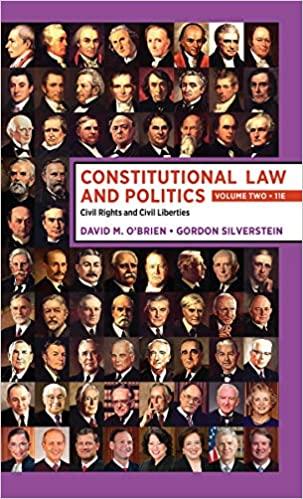Question
The plaintiff, Mr. Taylor (Taylor), is a Canadian artist living and working in Toronto, Ontario. In 1991, he started creating a series of large oil
The plaintiff, Mr. Taylor ("Taylor"), is a Canadian artist living and working in Toronto, Ontario. In 1991, he started creating a series of large oil paintings he titled the "Classical Series." The paintings feature white crumpled paper in still life form on an undefined base against a dark background. The Classical Series, which spans more than 22 years, is Taylor's most important and memorable work. It currently encompasses over 200 works. Taylor continues to expand the Classical Series. Every painting of the Classical Series embodies Taylor's dialogue between Greco-Roman mathematical design and the randomness of Asian influences. The crumpled paper form is created through spontaneity and chance. In an expression of irony, Taylor names every Classical Series painting after a place in the Ancient Greek or Mediterranean world; the randomness is opposite to the precise geometry of Ancient Greek architecture. Taylor claims that Mr. Hogg ("Hogg") has infringed his copyright in the Classical Series, contrary to the Act. Hogg is a Romania-born artist who immigrated to Canada with his wife, who is also an artist, on December 22, 1999. They work together from a studio in their Toronto home. Prior to immigrating to Canada, Hogg's paintings did not feature crumpled paper in still life form. Rather, his paintings were of an expressionistic style and primarily emphasized human figuration, specifically the nude female form. Hogg also emphasized floating structures and geometrical features. In 2000, Hogg began painting realistic still life works featuring crumpled paper (collectively the "Hogg crumpled paper works"). Hogg's interest in painting crumpled paper as a featured character stems from a previous pre-occupation of creating a virtual reality. He intends to render and analyze simple material in a way that creates drama through a process that is random, different, and explores light, shadow, and volume. Consider whether Taylor has a right to the series (i.e. to the concept) or only to each individual work. Ensure you take a position, consider counter argument(s) and defend your position. Please limit your response to a maximum of 300 words.
Step by Step Solution
There are 3 Steps involved in it
Step: 1

Get Instant Access to Expert-Tailored Solutions
See step-by-step solutions with expert insights and AI powered tools for academic success
Step: 2

Step: 3

Ace Your Homework with AI
Get the answers you need in no time with our AI-driven, step-by-step assistance
Get Started


